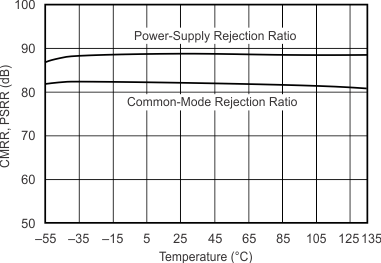JAJSFG4C December 2013 – May 2018 OPA355-Q1
PRODUCTION DATA.
- 1 特長
- 2 アプリケーション
- 3 概要
- 4 改訂履歴
- 5 Device Comparison Table
- 6 Pin Configuration and Functions
- 7 Specifications
- 8 Detailed Description
- 9 Application and Implementation
- 10Power Supply Recommendations
- 11Layout
- 12デバイスおよびドキュメントのサポート
- 13メカニカル、パッケージ、および注文情報
パッケージ・オプション
デバイスごとのパッケージ図は、PDF版データシートをご参照ください。
メカニカル・データ(パッケージ|ピン)
- DBV|6
サーマルパッド・メカニカル・データ
発注情報
7.6 Typical Characteristics
TA = 25°C, VS = 5 V, G = 2, RF = 604 Ω, and RL = 150 Ω connected to VS / 2, (unless otherwise noted)
| VO = 0.1 VP-P |
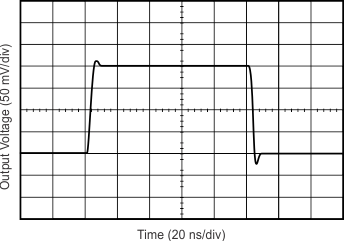
| G = 2 |


| RL = 200 | ƒ = 1 MHz |
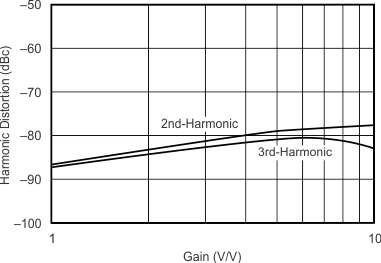
| RL = 200 | VO = 2 VP-P | ƒ = 1 MHz |

| ƒ = 1 MHz | VO = 2 VP-P | |
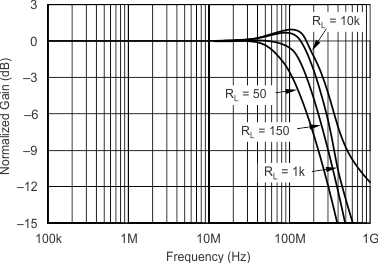
| CL = 0 pF | VO = 0.1 VP-P | |




| Continuous currents above 60 mA are not recommended | |||
| VS = 3 V |
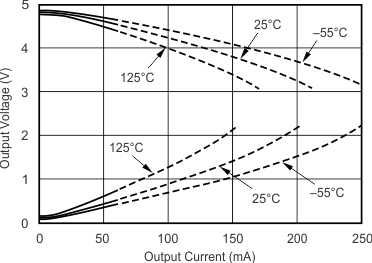
| Continuous currents above 60 mA are not recommended | |||
| VS = 5 V |
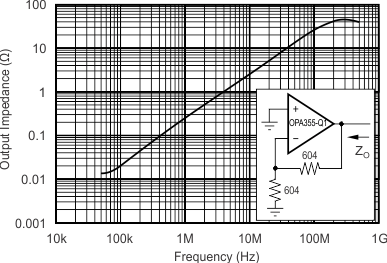

| VO = 2 VP-P |


| VO = 0.1 VP-P |

| G = 2 |

| CL = 0 pF | VO = 0.1 VP-P |
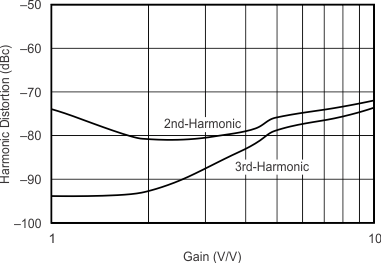
| RL = 200 | VO = 2 VP-P | ƒ = 1 MHz |

| RL = 200 | VO = 2 VP-P |


| RS = 0 | VO = 0.1 VP-P | |






| Maximum output voltage without slew-rate induced distortion |

